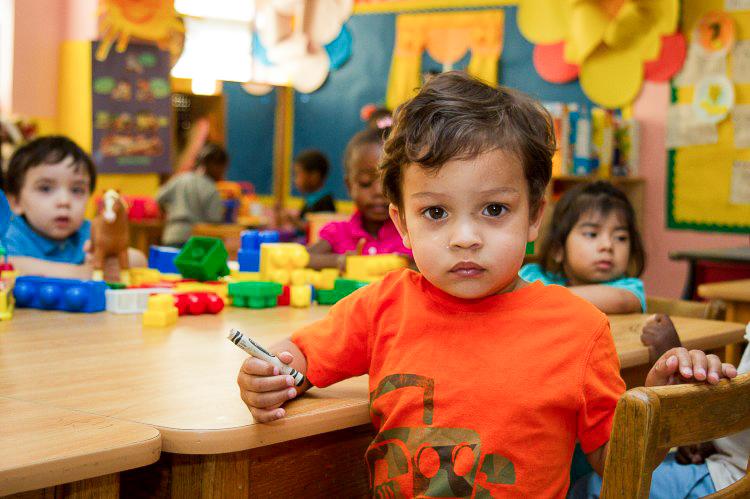Child care costs in the United States increased nearly twice as fast as overall inflation over the past three decades, according to a recent report by accounting firm KPMG.
“The childcare crisis, which was simmering prior to the pandemic, has come to a boil,” the May 28 report says. “A baseline estimate of childcare affordability is when the cost comprises up to 7 percent of family household income. Today, childcare costs are often in the 10-20 percent range.”





